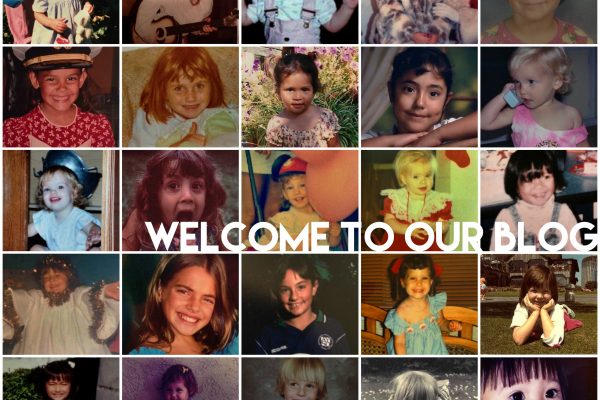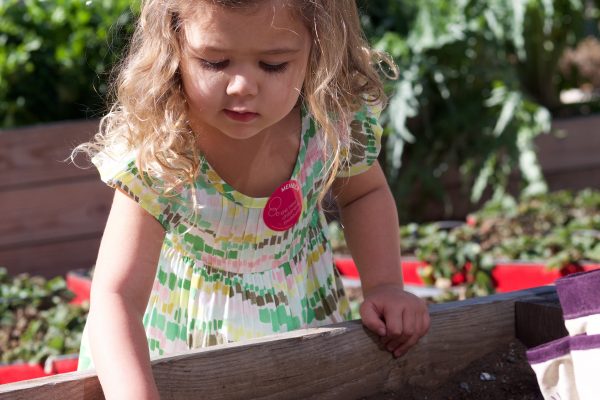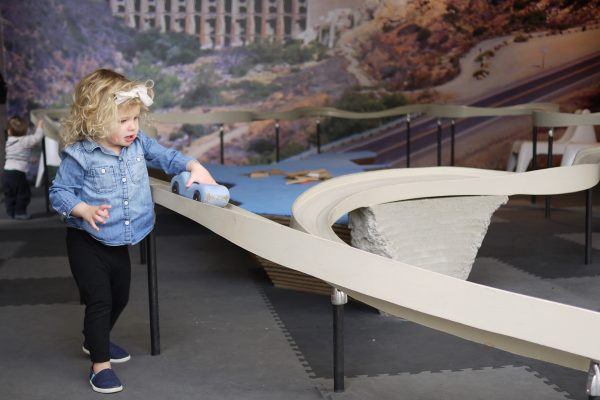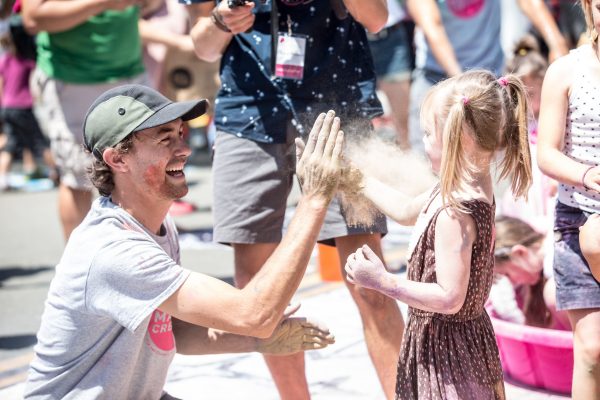do it yourself: Portrait Prints
Explore the process of making a portrait (picture) of yourself or someone else through printmaking! Design a printing plate of the face and features that make you or another person unique. Then ink your plate with watercolors to create multiple images to share!
Directions
1. Picking Your Portrait: Think about who is going to be in your portrait (picture). It can be a portrait of yourself, someone you know or even your favorite animal. If it is a portrait of yourself, first look at yourself in a mirror (optional) or think about what makes your face unique. What stands out and what do you most like about yourself? If this is a portrait of someone else or your favorite animal, think about what features that person or animal has. What makes them unique?
2. Draw + Cut Out Features: Once you have decided on your subject, gather your materials. Use a pencil and begin to draw directly onto the foam sheet (on the paper backside). Draw shapes representing those different features. Cut them out and start piecing your image together.
3. Create Your Printing Plate: Arrange the foam pieces on the cardboard to create your image. Wait to remove the paper backing on each foam piece until you’re certain of your design. Once ready, unpeel the backing on the foam pieces and stick each piece onto the cardboard. Press down firmly. This will be your printing plate!
4. Ink Your Plate: Choose a color from the watercolor palette. Think about what colors you would like to use to convey emotion or enhance a special feature. Dip your paintbrush into the water and then swirl the paintbrush on the palette. Paint on top of the foam pieces. Rinse your brush between colors if using more than one color.
5. Create Your Print: Place your painted printing plate face down onto a piece of white heavy paper. Firmly press and gently rub all around on top of the cardboard to make sure the paint will transfer (move) onto the paper. Lift the cardboard to reveal your print design.
6. Share Your Work! Let your finished print dry for a few minutes. Notice what changed in your design when it shifted from the foam printing plate to the paper print, and what textures were created from the watercolors. Think about what features you like about the portrait. Once fully dry, share your discoveries and the choices you made with others!
7. Extended Explorations: Create a new version of your work! Wipe off the paint from the foam pieces. Then, move the pieces around to create a different look or add new elements using extra foam. Explore using different materials (e.g. cardboard, foil, glue) too if you have them.
Additional Learning Activities (Grades K-5)
Story Telling
Create a story of the person in your print. Is this a portrait of yourself? Think about what features of a portrait make you or them unique and write about it. Reflect on your or their interests and share that in the story. If this portrait is of someone special to you, write about why they are important to you.
Color Exploration
Use different color choices and see how that changes the look of your work! Wipe the paint from your foam pieces and start again. Try using two complementary colors (opposite colors on the color wheel). For example, red and green, orange and blue, or yellow and purple, to create a high contrast print. Or choose warm and cool colors such as red, yellow and orange, or blue, green and purple, to change the mood of your picture.
Select a Story
Add words to your print! You will need to place the letters in reverse on your plate. When printing on the paper, the letters will reverse again and come out in the correct order on your print. Tip: Write the word in marker on a piece of paper then flip over the paper to trace and replicate the print with the foam sticker sheet.
Recommended Related Reading (Ages 4 – 11):
- Beautiful Oops! By Barney Saltzberg
- Let’s Paint by Gabriel Alborozo
- Maybe Something Beautiful: How Art Transformed a Neighborhood by F. Isabel Compoy and Theresa Howell and Illustrated by Rafael López
CA Arts Standards for Visual Art (Grades K-5)
- Engage in exploration and imaginative play with various arts materials.
- Explore uses of materials and tools to create works of art or design.
- Use observation and investigation in preparation for making a work of art.
- Repurpose found objects to make a new artwork or design.
- Discuss and reflect with peers about choices made in creating artwork.
- Discuss, reflect and add details to enhance an artwork’s emerging meaning.
- Create personally satisfying artwork using a variety of artistic processes and materials.
- Engage in self-directed, creative artmaking.
- Make art or design with various materials and tools to explore personal interests,
- questions and curiosity.
This DIY project was originally created by the Museum’s Teaching Artists for our Learning Art Kits, which we provide to organizations in our pARTners in Creativity program.








